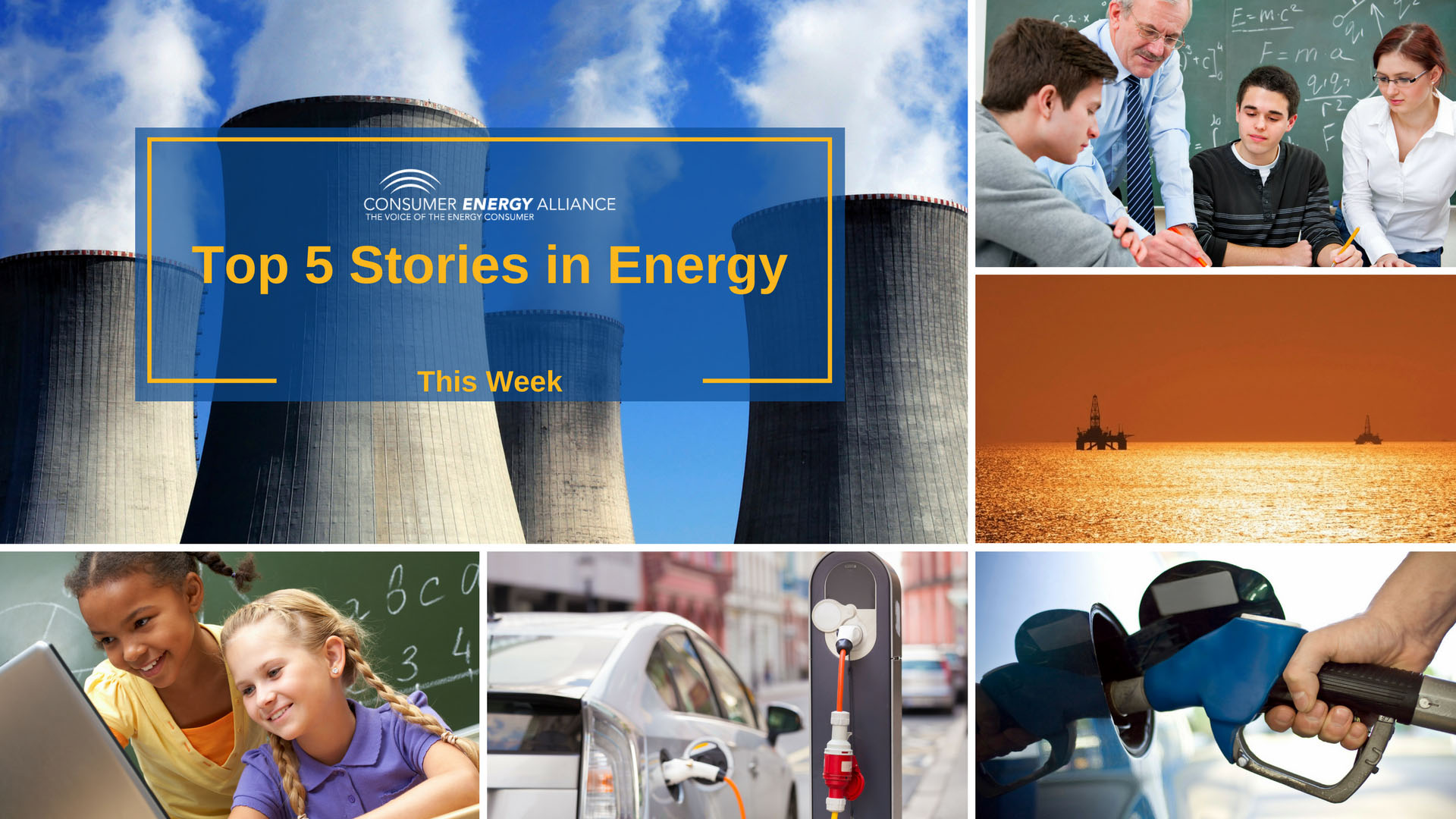This week in regular news, we read that Marvel Universe is making a significant change to one of their characters; The Golden Globes air this Sunday, and plan to serve a meatless menu; Alex Trebek rehearses his final show; and the U.S. performed an airstrike. These news articles kept us on our toes, but we wanted to bring to attention to the news we always love – and that’s energy! Here are some of our favorite stories, and in case you missed our last Top 5, you can find it here.
Penn State should lead the way for greener campuses across the country 
Starting in the mid-1990s, a professor took it under his authority to improve the campus’s greenhouse emissions. A large part of convincing the university was reliant upon funding (loans that needed to be paid back in 10 years.) Proving that the campus could save money on energy in the long run by implementing environmental stewardship strategy was pertinent in launching the program. NPR tells the rest of the story here.
Despite the doomsayers, this decade has been the best in human history 
What doesn’t typically make headlines are good news stories. Albeit the occasional precious cat video, we mostly tune in to hear about disease, poverty, and climate change challenges. Thankfully, Matt Ridley, author of The Rational Optimist kept tabs on all the positive stories for us. Spectator USA shares the full article here.
Pulling up to the gas pump can sometimes cause your heart to pump faster than usual 
However, 2020 gas prices are projected to remain under the $3 mark. 2008, which marked a particularly high year at an average of $4.11 per gallon, and 2014 saw a spike at $3.36 per gallon (Hawaii and California still skew a bit higher). The reason we’re able to keep it at a predicted $2.6? Our nation’s oil production, which increased our energy independence and allowed us to export more than we imported for the first time in history last September. USA Today covers more on this, here.
California continues to remain in rolling blackout conditions, but this Native American tribe has a great energy solution 
The Blue Lake Rancheria tribe built their own microgrid to bypass relying on local utilities. Microgrids continue to gain popularity, and this tribe is capitalizing on the trend. The Blue Lake Rancheria came through for the local community serving more than eight percent of Humboldt’s population amid the crisis. The Washington Post continues this article here.
Plastics remain a plague in landfills and ocean, one solution – mealworms 
Stanford researchers have successfully proved that mealworms can eat plastic AND Styrofoam. This is exciting news, but the best part is that the mealworms are still a viable, protein-rich snack for many reptiles, amphibians and birds. The Stanford News Services gives the details here.

